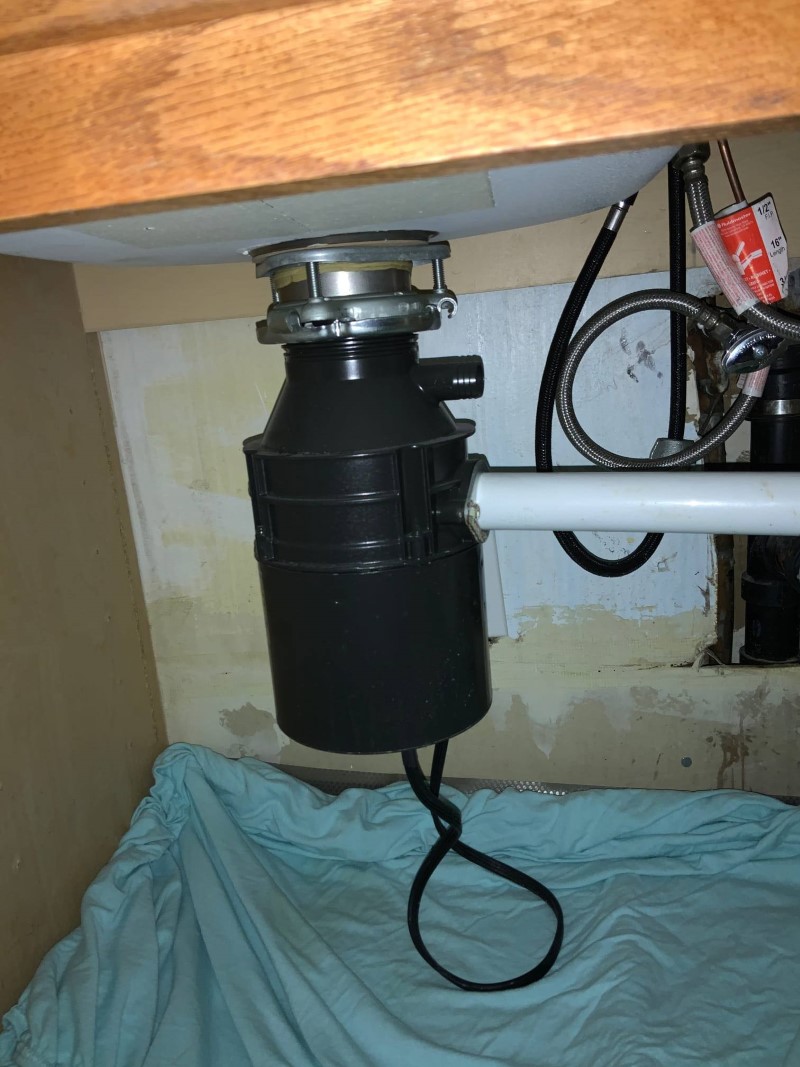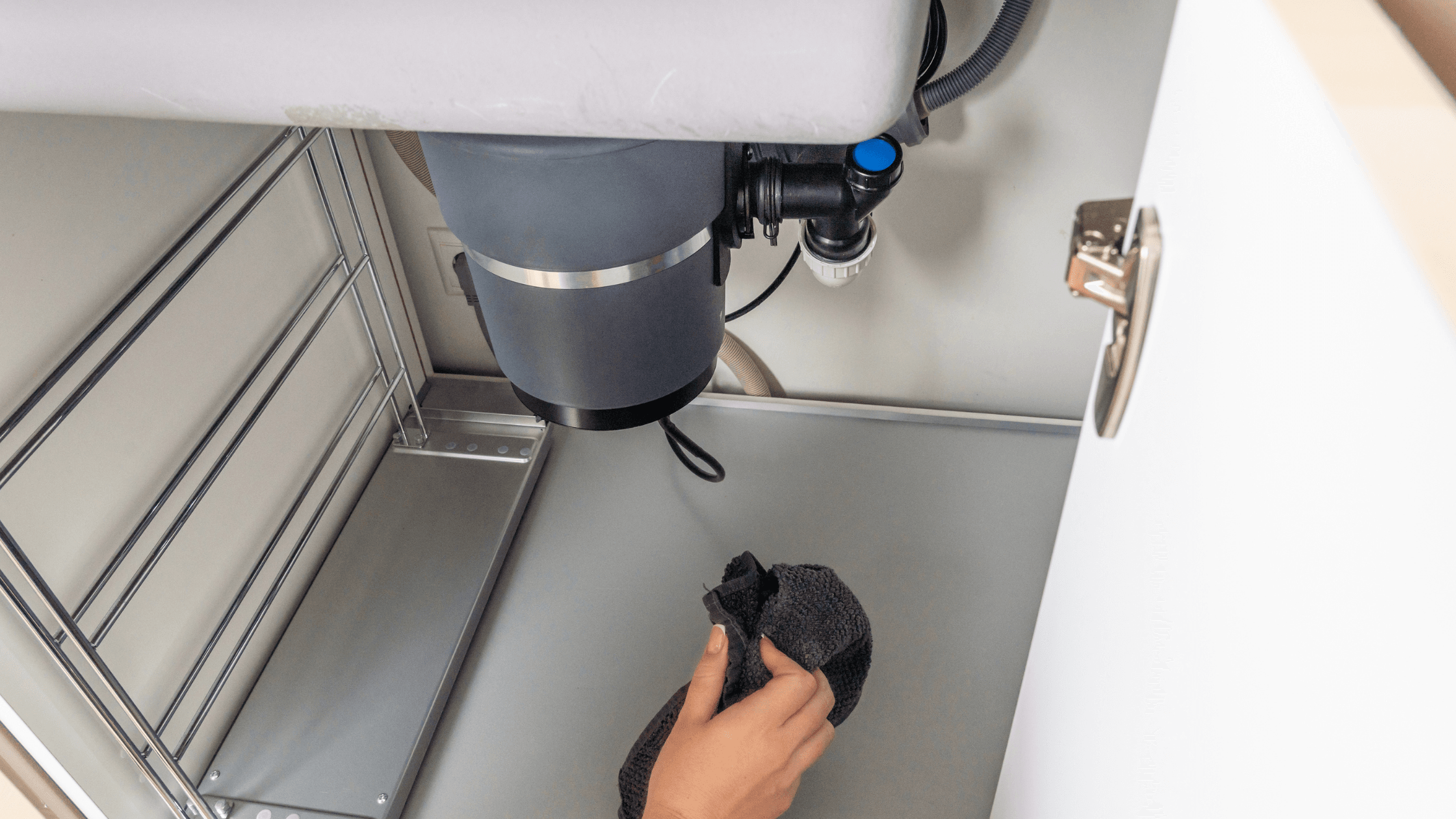Straightforward Steps to Stop a Leak in Your Garbage Disposal
Straightforward Steps to Stop a Leak in Your Garbage Disposal
Blog Article
We have encountered this article about How to fix a pretty consistent leak from my garbage disposal below on the web and concluded it made sense to write about it with you on my blog.

Garbage disposals are necessary cooking area appliances that help in disposing of food waste successfully. Nonetheless, a dripping garbage disposal can be an aggravating and messy trouble to deal with. Thankfully, several leakages can be dealt with easily with a few straightforward actions. In this short article, we will go over exactly how to deal with a dripping waste disposal unit effectively.
Intro
Waste disposal unit are installed under kitchen area sinks and are created to shred food waste into smaller pieces, allowing it to go through the pipes system quickly. While these tools are generally trusted, leakages can occur gradually because of deterioration, loose connections, or damages to the unit.
Step-by-Step Overview to Dealing With a Leaking Waste Disposal Unit
Turn Off the Power
Prior to trying any type of repair services, ensure that the power to the garbage disposal system is shut off to prevent the threat of electric shock.
Situate the Leak
Identify the specific location of the leak and identify the reason
Tighten Links
Utilize a wrench to tighten any type of loose connections between the disposal device and the pipes system.
Replace Seals or Gaskets
If the leak is because of used seals or gaskets, get rid of the old parts and replace them with brand-new ones.
Patching Splits or Holes
For fractures or openings in the disposal system, use epoxy or an ideal patching product to secure the broken location.
Recognizing the Resource of the Leakage
Before trying to deal with a dripping waste disposal unit, it is necessary to recognize the resource of the leakage. This can usually be done with aesthetic examination or by performing easy tests.
Visual Evaluation
Evaluate the garbage disposal device carefully for any type of signs of water leak. Pay attention to locations around seals, gaskets, and link factors.
Evaluating for Leakages
One means to test for leakages is by running water through the disposal device and looking for any type of noticeable indicators of leak.
Typical Root Causes Of Leaks in Waste Disposals
Worn Seals and Gaskets
Seals and gaskets play a vital role in protecting against water from leaking out of the garbage disposal. Gradually, these components can degrade, resulting in leakages around the disposal unit.
Loose Connections
The connections in between the garbage disposal and the plumbing system can become loose in time, triggering water to leak out during operation.
Splits or Openings in the Disposal Unit
Physical damages to the garbage disposal, such as fractures or holes in the real estate, can likewise cause leakages.
Tools and Materials Needed for Fixing a Leaking Waste Disposal Unit
Before beginning the repair procedure, collect the required tools and products, including a screwdriver, adjustable wrench, plumbing technician's putty, replacement seals or gaskets, and epoxy or patching material for fixing fractures or holes.
Evaluating the Waste Disposal Unit After Repair
Once the repair service is complete, check the waste disposal unit by running water through it to guarantee that the leakage has been settled.
Preventive Maintenance Tips to Prevent Future Leakages
To avoid future leakages, it is necessary to carry out routine maintenance on your waste disposal unit. This includes keeping it clean, avoiding placing non-food products or difficult items down the disposal, and occasionally checking for leakages or other problems.
Conclusion
In conclusion, dealing with a leaking waste disposal unit is a reasonably straightforward process that can be finished with fundamental devices and products. By adhering to the actions outlined in this post and practicing preventive upkeep, you can keep your waste disposal unit in good working problem and prevent expensive fixings in the future.
HERE’S HOW TO FIX YOUR GARBAGE DISPOSAL
WHAT TO DO IF SOMETHING IS STUCK IN YOUR GARBAGE DISPOSAL
If the impeller won’t turn, there’s probably something stuck in the disposal. It could be a steak bone or peach pit, although plumbers report pulling all sorts of inappropriate objects out of disposals, such as bottle caps or aluminum foil. Make sure power to the disposal is off, and look inside to see if you can see the source of the jam.
Never stick your fingers in a disposal. Pull out anything you see with tongs or pliers.
If the disposal still won’t work, it may be time to call a plumber or consider buying a new disposal. GEM Plumbing & Heating is here for all of your garbage disposal needs.
WHAT TO DO IF YOUR GARBAGE DISPOSAL DRAIN IS CLOGGED
Take everything out from underneath your sink and put a bucket or other container under your disposal to catch any water that drains out. Disconnect your disposal from the power supply. If it’s plugged into a wall outlet, unplug it. If it’s hardwired into an electrical box, go to the electrical panel and turn off the breaker for the disposal. Pour ¼ cup of baking soda into the drain, followed by ½ cup of white vinegar. Give the solution a few minutes to fizz and do its work. Look into the disposal with a flashlight to see if you can see an object that might be causing the clog. If you see it, remove it using tongs or pliers. MORE TIPS ON DEALING WITH A CLOGGED GARBAGE DISPOSAL
Never use drain cleaner in a garbage disposal. It can damage the plastic parts inside the disposal. You can also be splashed with the caustic liquid while working to clear the clog. Beware! Never stick your fingers into a garbage disposal. Trust us — not a good idea. In many instances, your dishwasher drains through your garbage disposal. This allows the disposal to grind any large food particles that may be drained out of your dishwasher. There are some jurisdictions, however, where the plumbing code prohibits such a connection. WHAT TO DO WHEN YOUR DISHWASHER DRAINS THROUGH THE DISPOSAL
Run some water in the sink so your plunger has at least a ½-inch of water to create a seal and plunge vigorously up and down several times. You may need to repeat this several times. Run hot water down the drain to clear any residue that remains.

I was made aware of that editorial on Why Is through someone on a different site. You should take the opportunity to share this entry if you enjoyed reading it. We cherish reading our article about Tips on Fixing a Leaking Garbage Disposal.
Book Appointment Now Report this page